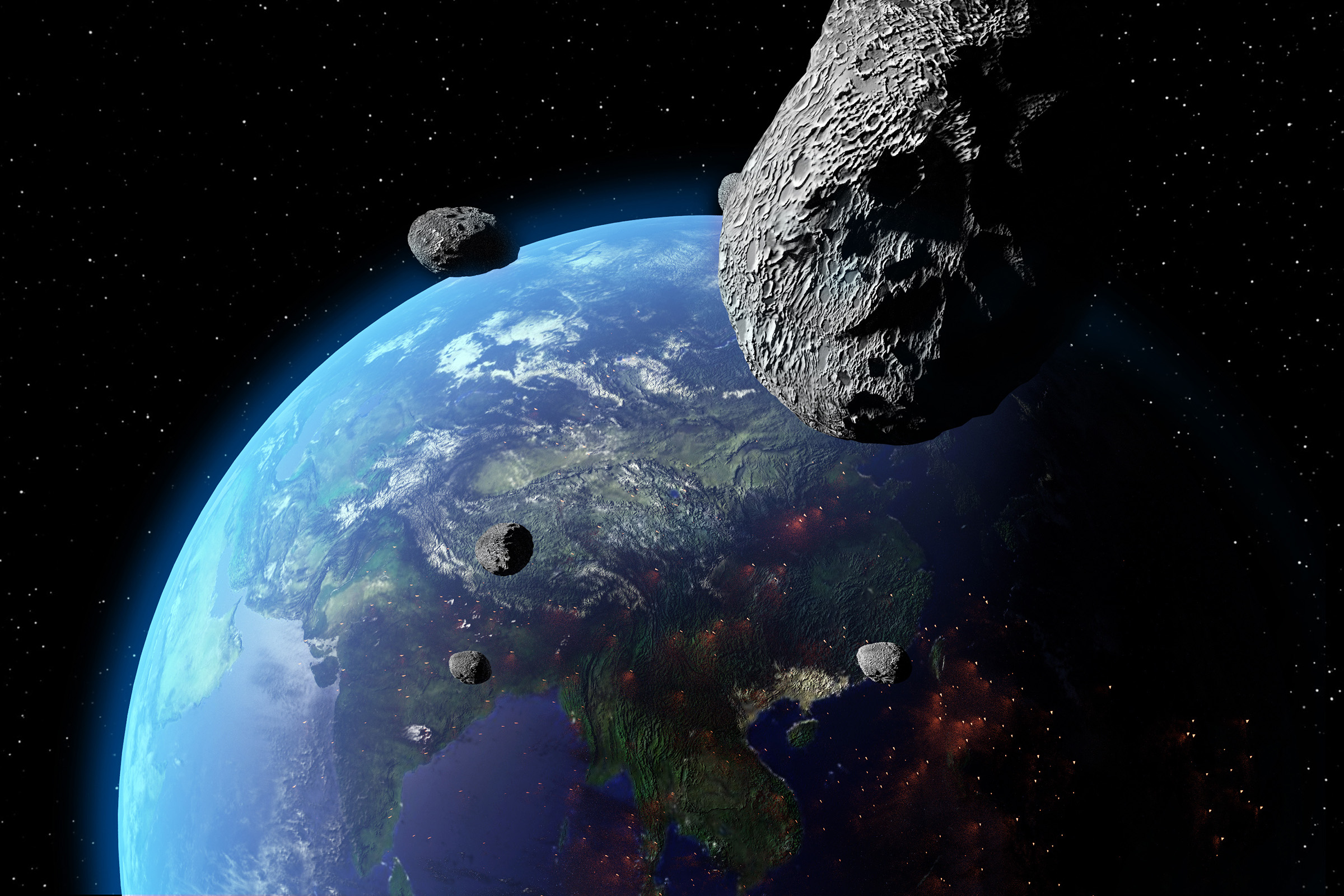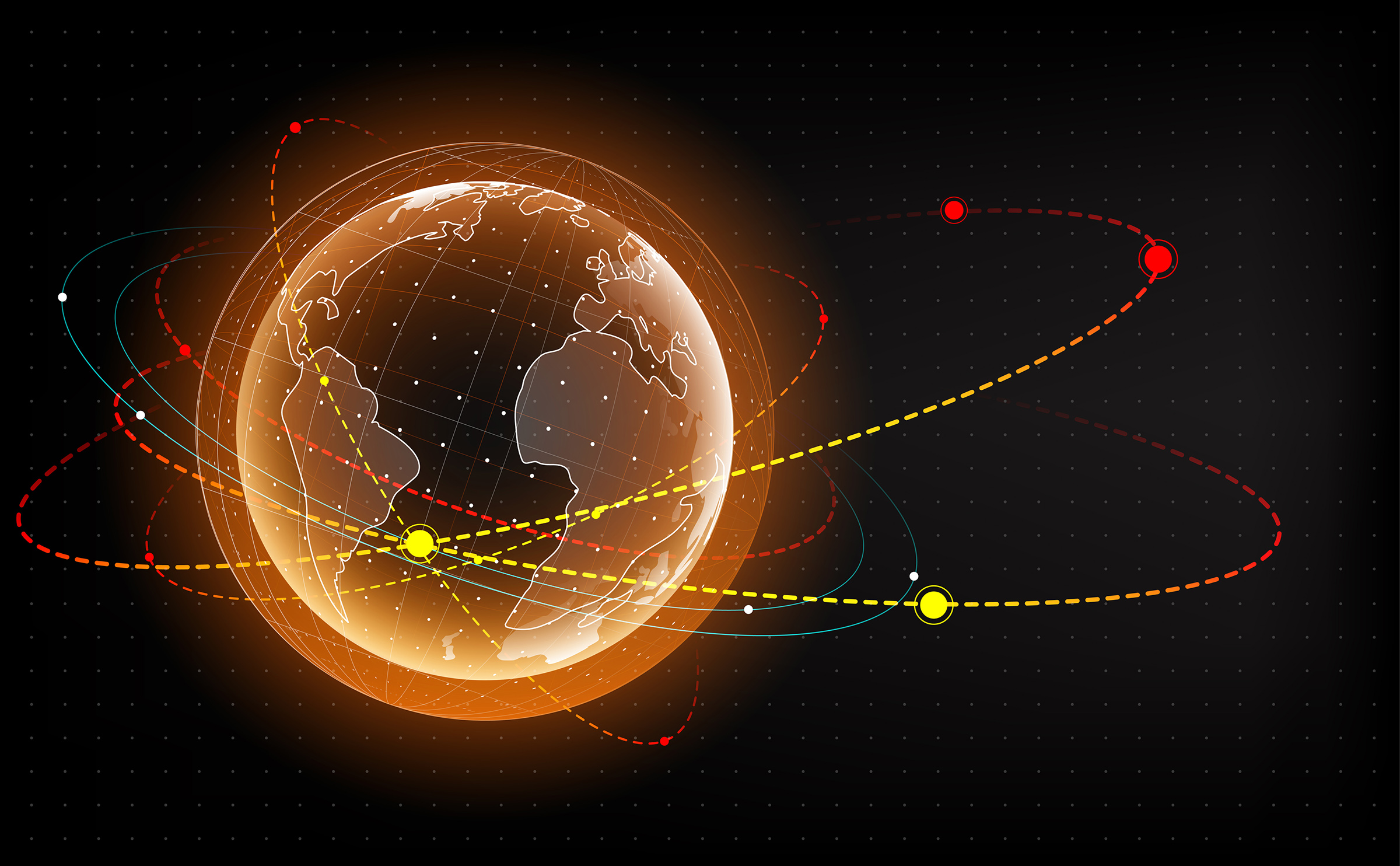It looks like yet another Potentially Hazardous asteroid is set to fly by the Earth. The asteroid is 7335 (1989 JA) and it will complete a flyby of the Earth on May 27, at around 10:26 a.m. ET, NASA says. The massive asteroid is estimated to be around 10 times taller than the Statue of Liberty, at almost 1.8 kilometers (5,900 feet).
This Potentially Hazardous asteroid will pass by Earth later this month

According to NASA’s Center for Near-Earth Studies (CNES), the potentially hazardous asteroid will pass 2.5 million miles away from Earth. At the time, it will be traveling at around 47,200 miles per hour. Despite being labeled “potentially hazardous”, scientists say there isn’t any chance that this asteroid will impact Earth.
Astronomers discovered the asteroid back in May of 1989. Astronomer Eleanor “Glo” Helin discovered it from the Palomar Observatory in California. It’s one of more than 29,000 near-Earth objects, also known as NEOs, that scientists have discovered so far. The majority of these NEOs are asteroids, too, which is why we have so many close approaches.
Astronomers use the term NEO is used to refer to any object that passes within 30 million miles of Earth’s orbit. 30 million miles might not sound very close, but in space, that distance is much shorter than you’d expect. For potentially hazardous asteroids like 7335, it all comes down to how close they are, and how big they are.
Is there any danger of an impact?

Calling an object potentially hazardous doesn’t necessarily mean that it has a danger of impacting the Earth. In fact, scientists believe it will be at least another century before we have to worry about a large asteroid or object hitting Earth. It mostly refers to how close and how big the object is when it comes close to Earth.
NASA believes that the asteroid could be around 1.8 kilometers across, as I mentioned above. At this big, NASA considers the potentially hazardous asteroid “relatively large” as far as near-Earth asteroids go. However, as Don Yeomans, a former NASA planetary scientist told Newsweek, measuring asteroids can be tricky.
For the most part, they’re often far enough away that you can’t accurately measure them. As such, 7335 could be somewhat smaller than NASA previously expected. Still, it’s a massive asteroid that will travel fairly close to our planet.
In the future, NASA projects like the D.A.R.T spacecraft will even offer ways to turn potentially hazardous asteroids away from our planet. Just in case we ever have to worry about an impact.








